Disclaimer: This blog post contains affiliate links. If you make a purchase through these links, I may earn a small commission at no additional cost to you. Learn More. Thank you for supporting our garden community.
How to Grow Blackberries
Are you ready to experience the joy of harvesting freshly grown blackberries from your own backyard? Growing blackberries is a rewarding and relatively low-maintenance activity that can provide you with an abundance of delicious, juicy berries. In this comprehensive guide, we will walk you through the steps to successfully grow blackberries and provide you with all the information you need to become a blackberry-growing expert.
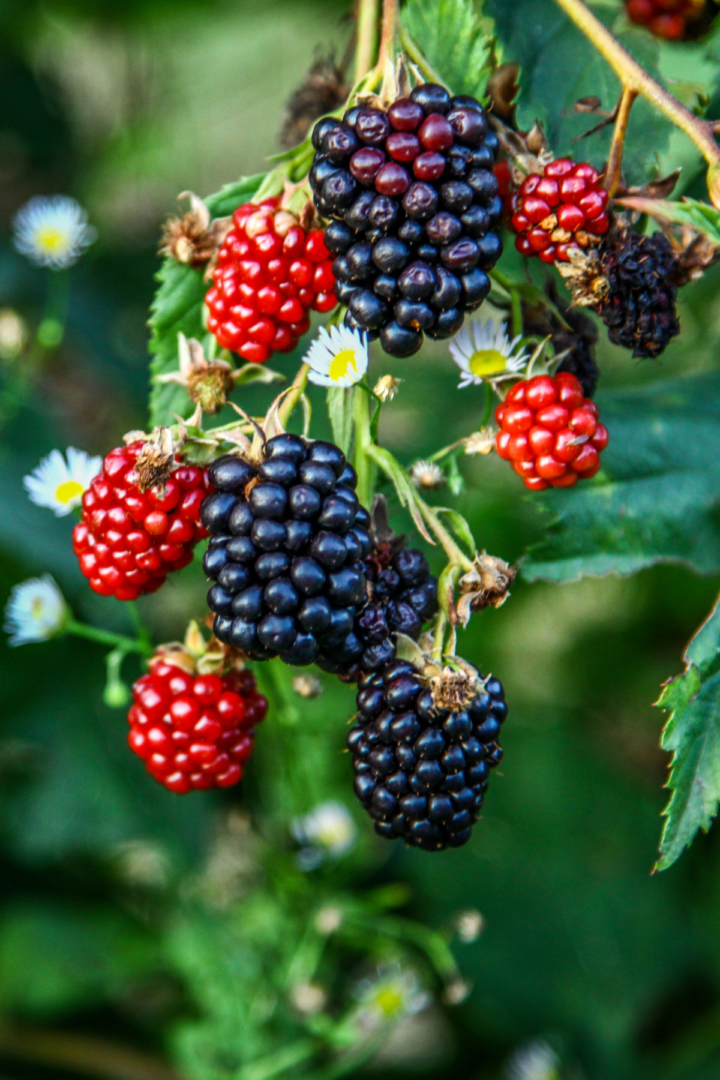
Growing blackberries is relatively simple and low-maintenance, so it is important to learn everything you need to know.
How to Grow Blackberries
In this post, you will learn the step-by-step process of growing blackberries, from selecting the right blackberry variety for your climate and space to preparing the planting site with proper soil conditions. You will gain insights into planting and caring for blackberry plants, including watering, mulching, and pest management.
Additionally, this post covers essential practices for pruning blackberries to promote better fruit production and shares tips on when and how to harvest ripe blackberries. By following the information provided, you will be equipped with the knowledge needed to successfully grow your own delicious blackberries at home.
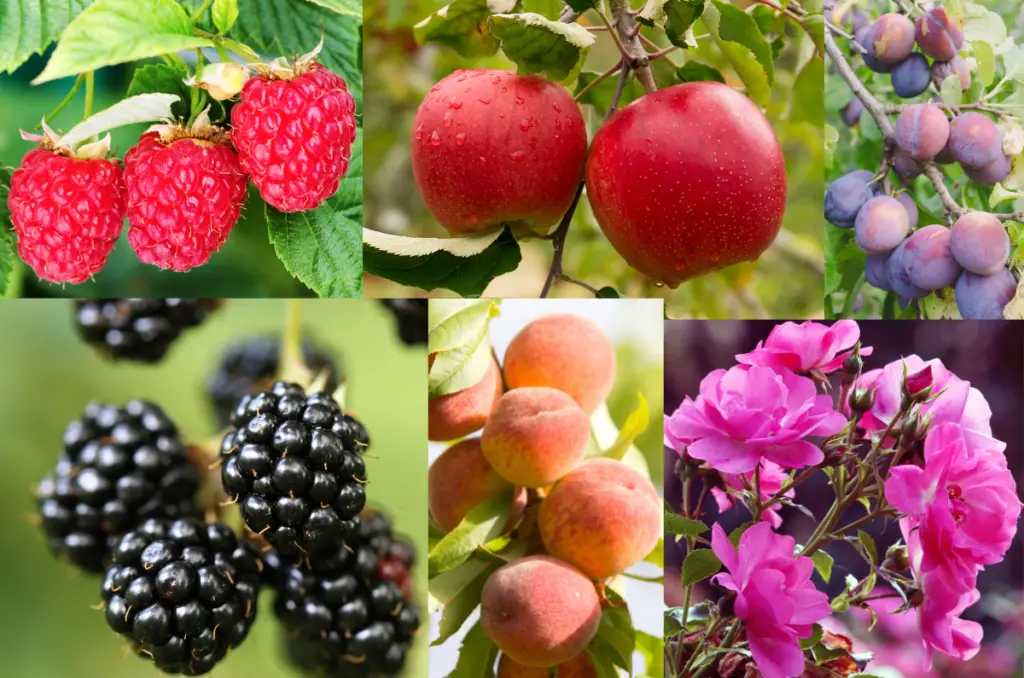
Understanding the Basics of Blackberry Cultivation
Before we delve into the practical aspects of growing blackberries, let’s understand the basics of blackberry cultivation. Blackberries are perennial plants, belonging to the Rosaceae family, which also includes other popular fruits like strawberries and raspberries.
They are known for their delicious taste and are a great addition to any home garden. Blackberries can be grown in various climate zones, making them a versatile choice for many gardeners.
Choosing the Right Blackberry Variety
Selecting the appropriate blackberry variety is a crucial step in ensuring a successful harvest. Each blackberry variety possesses distinct traits, including growth habits, fruit flavors, and pest resistance. By understanding the differences between the types of blackberries, we can make informed decisions that align with our specific growing conditions and preferences.
Erect Blackberry Varieties
Erect blackberry varieties, characterized by their upright growth habit, are well-suited for smaller garden spaces and can thrive without extensive support systems. These varieties are often ideal for home gardeners who prioritize convenience and space optimization.
Erect blackberries are also known for their consistently high yields and relatively easy management. Varieties such as ‘Navaho’ and ‘Ouachita’ fall into this category and are favored for their firm, flavorful berries and adaptability to various climates.
Semi-Erect and Trailing Blackberry Varieties
Semi-erect and trailing blackberry varieties exhibit a more sprawling growth pattern, often requiring trellising or support to prevent the canes from bending or breaking under the weight of the fruit. While these varieties may demand additional maintenance, they offer the advantage of higher fruit production and are well-suited for larger garden spaces or commercial cultivation.
‘Triple Crown’ and ‘Arapaho’ are examples of semi-erect varieties known for their robust growth and exceptional fruit quality. Trailing varieties such as ‘Apache’ are favored for their vigorous growth and ability to thrive in diverse environmental conditions.
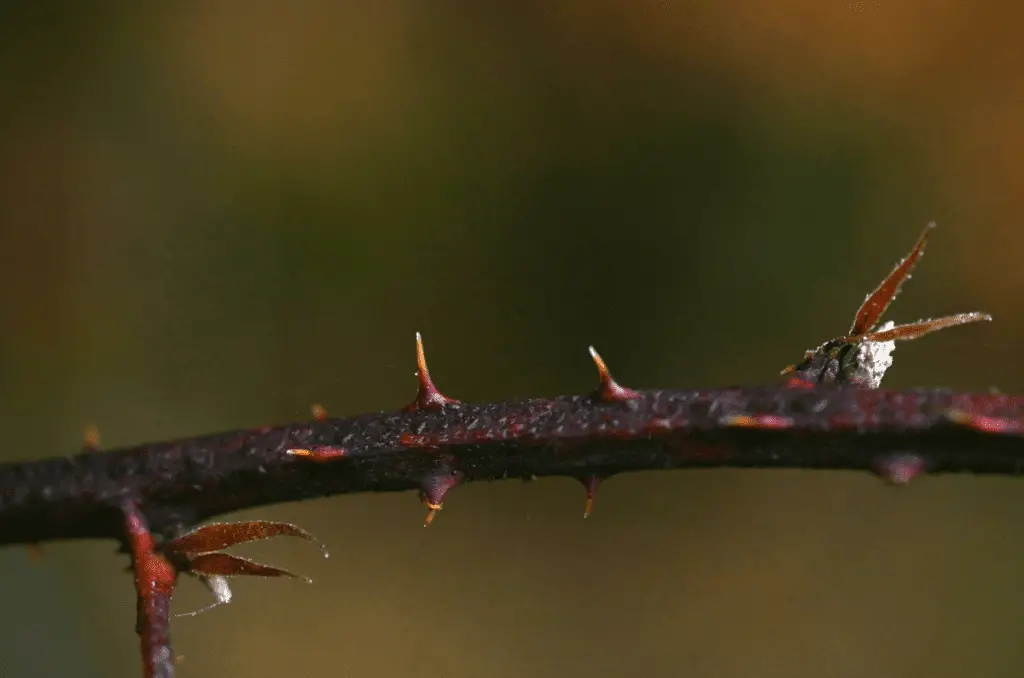
Thorned Varieties
Thorned blackberry varieties, characterized by the presence of prickly thorns on their canes, are traditionally known for their exceptional fruit quality and robust growth habits. While navigating around the thorns may require extra caution during pruning and harvesting, these varieties often offer superior flavor and are highly valued by enthusiasts for their unique taste profiles.
Varieties such as ‘Chester’ and ‘Hull’ are renowned for their exceptional fruit characteristics and adaptability to diverse growing conditions.
I recommend these varieties for blackberry growers that will not be around their plants too much. For example, if you have kids running around the garden, these would not be ideal varieties to grow.
Thornless Varieties
Thornless blackberry varieties, prized for their ease of maintenance and harvesting, have gained popularity among home gardeners and commercial growers. The absence of thorns simplifies care tasks, making pruning, harvesting, and overall plant management more convenient and comfortable.
Thornless varieties, such as ‘Triple Crown’ and ‘Navaho’, offer delectable berries and are often favored for their user-friendly traits, especially in family garden settings where safety and ease of access are paramount.
Considerations for Climate and Soil Conditions
When selecting a blackberry variety, it’s crucial to consider your specific climate and soil conditions. Certain varieties are more adaptable to particular climates, providing improved resilience against temperature extremes and seasonal variations.
Additionally, understanding the soil characteristics of your garden site, including drainage and fertility, can guide the selection of a blackberry variety that will thrive in your unique soil environment.
Disease Resistance and Berry Quality
Another essential aspect to consider when choosing a blackberry variety is its disease resistance and fruit quality. Some varieties exhibit natural resistance to common blackberry diseases, reducing the need for intensive pesticide application and enhancing overall plant health.
Additionally, the flavor, size, and firmness of the berries may vary between different blackberry varieties, allowing gardeners to choose based on your preferred taste and culinary uses.
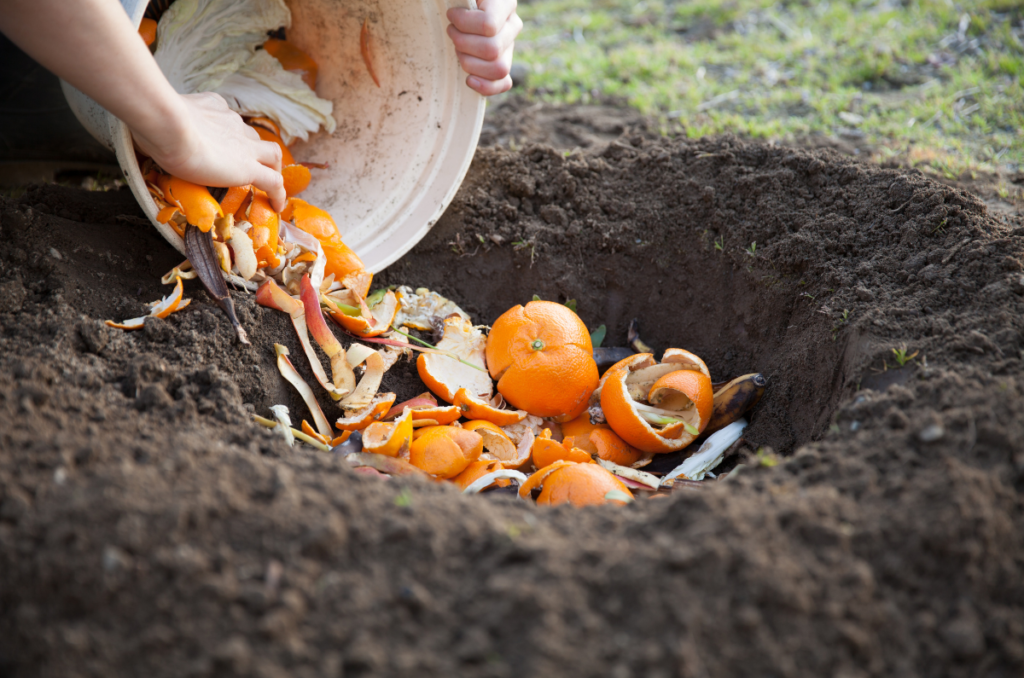
Preparing the Planting Site
Blackberries thrive in well-drained, extremely fertile soil with ample sunlight. It’s essential to select a planting site that receives at least 6-8 hours of sunlight daily. Ensure that the soil is very rich in organic matter and has a pH level between 6.0 and 7.0, which is optimal for blackberry growth.
Before planting, it’s advisable to conduct a soil test to assess the soil’s nutrient levels and pH, making any necessary amendments to create an ideal growing environment for your blackberry plants.
I cannot stress enough that blackberries, along with most other berries, are extremely heavy feeders. Do everything you can to give your blackberries more organic matter: add lots of compost and manure, add a thick layer of mulch, bury food scraps in the planting site, add an organic fertilizer, literally everything! I have noticed that the more organic matter there is and the healthier my soil is, the better the blackberries perform.
Planting and Caring for Blackberry Plants
Blackberry plants can be propagated through seeds, cuttings, or by purchasing potted plants from a nursery (I would recommend buying a new plant from the nursery). When planting blackberries, space them approximately 3-6 feet apart to allow for adequate airflow and sunlight penetration.
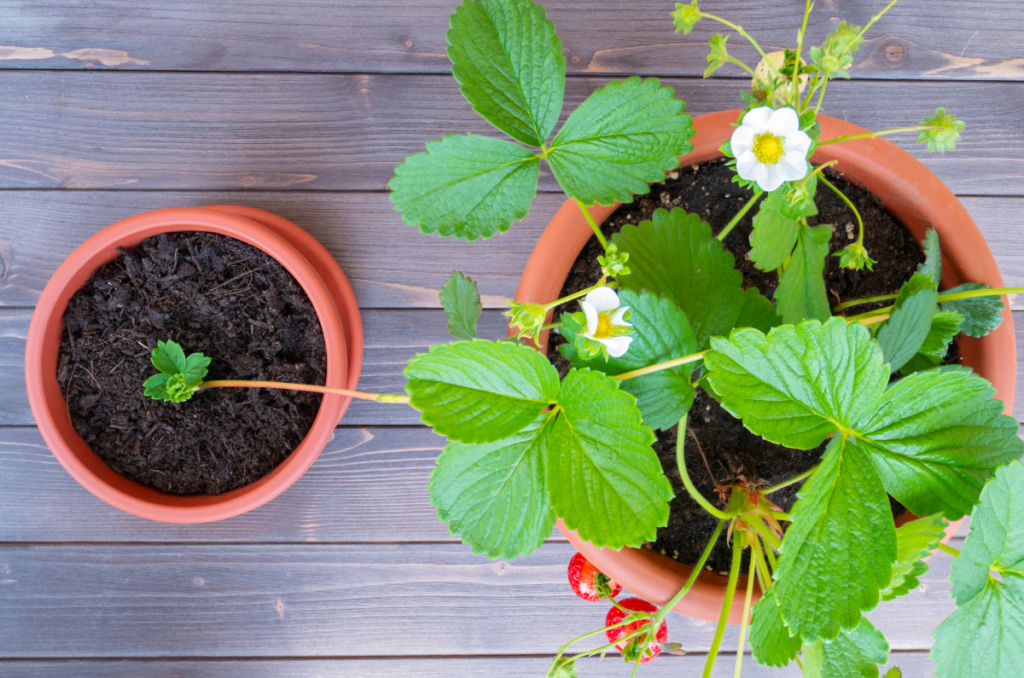
It is also important to note that some blackberry varieties will send out underground runners, similar to strawberries, which turn into new plants. These plants will take over your garden if not kept in check. So if you are purchasing these varieties, plant them away from your vegetable garden, or in a place where you wouldn’t mind their takeover.
Water the newly planted blackberry bushes thoroughly and provide a layer of mulch around the base to retain moisture and suppress weed growth. Regular watering, especially during dry spells, is essential to ensure healthy growth and robust berry production.
I also recommend supplementing with an organic fertilizer; it could be granular or liquid. Make sure the fertilizer is higher in phosphorus and potassium and lower in nitrogen, as this promotes flower and fruit production.
Managing Pest and Disease Issues
Like any other plant, blackberries are susceptible to pests and diseases. Common challenges include aphids, spider mites, and fungal diseases such as powdery mildew and rust. Regular inspection of the plants and prompt treatment of any pest or disease issues are crucial for maintaining plant health. Employing organic pest control methods and utilizing disease-resistant blackberry varieties can help minimize these problems.
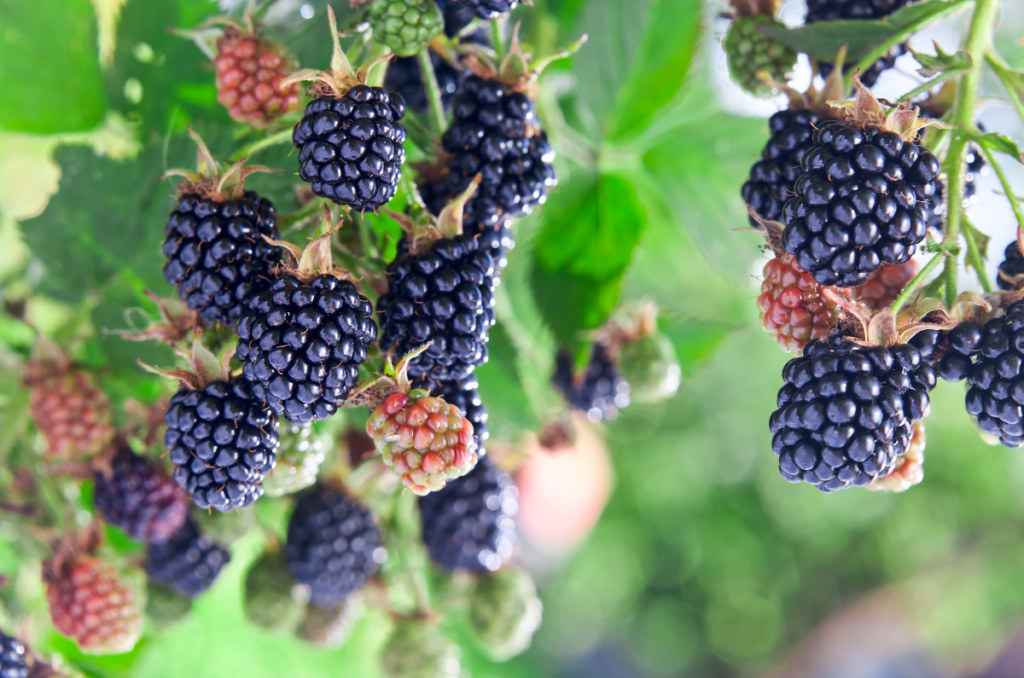
Pruning and Harvesting Blackberries
Pruning is an essential practice for blackberry maintenance. While pruning methods may vary depending on the blackberry type, it generally involves removing dead canes and promoting new growth. Proper pruning encourages larger fruit production and enhances the overall health of the plant.
In terms of harvesting, blackberries should be picked when they are fully ripe, which is indicated by their deep color and sweet aroma. Gently pluck the ripe berries from the plant, being mindful not to crush them in the process. When ripe, the berries should slide off the stem very easily.
Frequently Asked Questions
The best time to plant blackberries depends on your climate. In general, they can be planted in early spring or fall when the soil is workable but not frozen.
Most blackberry varieties will take 1-2 years to produce their first fruit.
Blackberries are ripe when they are plump and fully colored (black, purple, or red depending on the variety). They should be easily plucked off the vine and yield slightly to the touch but not be mushy.
Yes, you can grow blackberries in containers as long as the container is large enough and has drainage holes. Choose a dwarf or thornless variety for container planting.
Even More Gardening Ideas
Here are a few more posts to get the ball rolling in your garden!
Products
For all-purpose organic fertilizers, check out Arber.
To buy organic, non-GMO garden seeds, check out SeedsNow.
For a wide selection of garden plants, check out Nature Hills Nursery.
For gardening equipment, check out Bootstrap Farmer.
Conclusion
In conclusion, growing blackberries can be an immensely rewarding experience for gardeners of all skill levels. Understanding how to grow blackberries, from site selection to proper care and maintenance, is essential for fostering healthy growth and bountiful harvests. By incorporating the insights and tips provided in this guide, you can embark on a successful journey to cultivate your blackberry patch and indulge in the delectable fruits of your labor.
If you have any further questions or tips on growing blackberries, feel free to share your thoughts in the comments section below. Happy blackberry growing!
This post was linked to in Ridge Haven Homestead’s Homestead Blog Hop 509, so check them out to learn more!
If you want to learn more about gardening, foraging, nature, and sustainability, check out The Real Gardener on Instagram, YouTube, and Pinterest.
Pin this post for later:
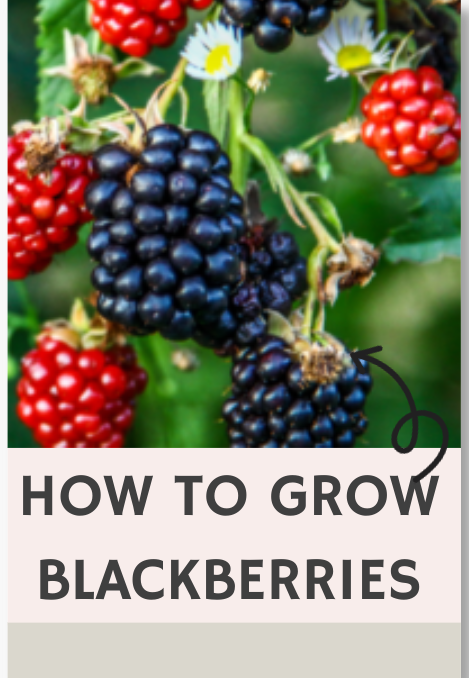
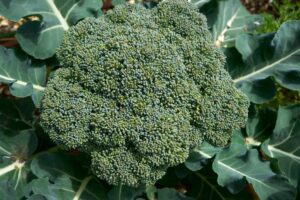
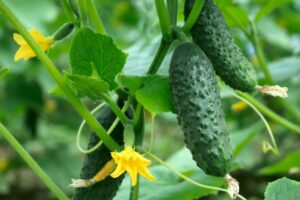

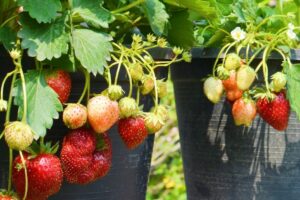
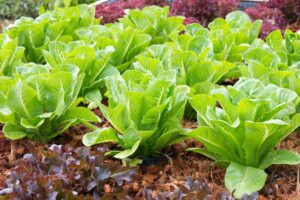
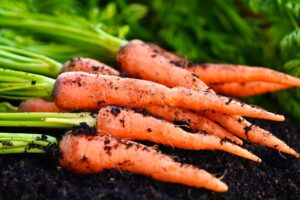
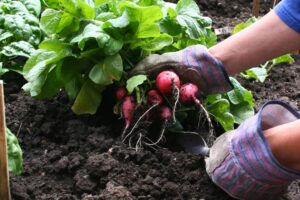
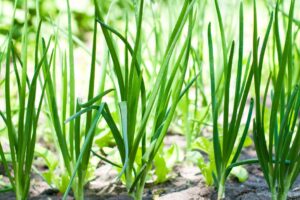
Leave a Reply